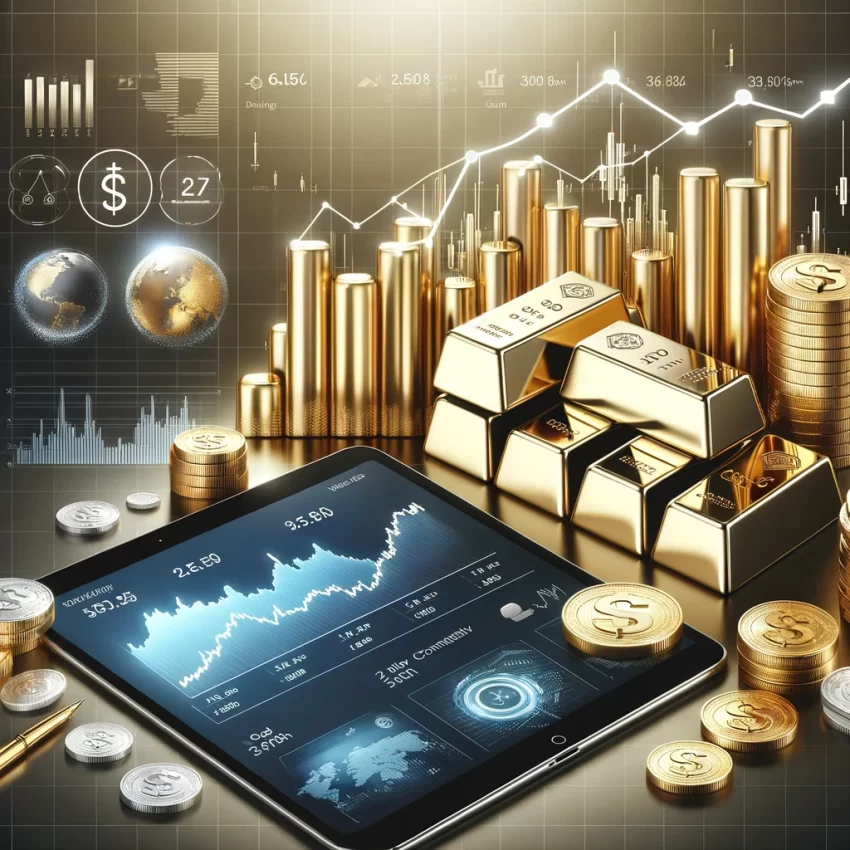| Listen to our audio presentation: The Timeless Journey of Gold |
Gold has captivated human imagination and ambition for millennia, serving not only as a symbol of wealth and power but also as a cornerstone of trade and economic systems. The history of gold as a trading commodity is a saga of intrigue, exploration, and innovation that spans cultures and continents.
The Dawn of Gold Trading
The allure of gold can be traced back to ancient civilizations, where it was revered for its rarity and beauty. The Egyptians, as early as 3100 BC, were among the first to mine and trade gold, using it to craft exquisite jewelry and religious artifacts. Gold’s intrinsic value and durability made it an ideal medium of exchange, leading to its adoption as a form of currency.
The Age of Exploration and Gold Rushes
The quest for gold has been a driving force behind some of history’s most significant exploratory ventures. The Spanish conquest of the New World was fueled in part by the pursuit of gold, leading to the discovery and exploitation of vast gold reserves in South America. Centuries later, the California Gold Rush of 1849 and the Klondike Gold Rush of 1896 spurred mass migrations and economic booms, as prospectors and adventurers sought their fortunes in the goldfields.
Gold Standard and Global Trade
The use of gold as a standard for international trade reached its zenith in the 19th and early 20th centuries. The Gold Standard, a monetary system in which a country’s currency is directly linked to a specific amount of gold, provided a stable foundation for global commerce. Major economies, including the United States and the United Kingdom, adopted the Gold Standard, facilitating a period of unprecedented economic growth and trade expansion.
The End of the Gold Standard and Modern Trading
The Gold Standard was abandoned during the tumultuous years of the Great Depression and World War II, as countries needed more flexibility in their monetary policies. However, gold has retained its status as a safe-haven asset and a hedge against inflation. Today, gold is traded on various platforms, including commodity exchanges and over-the-counter markets. The advent of gold ETFs (Exchange Traded Funds) and digital gold products has democratized access to gold trading, making it more accessible to a broader range of investors.
Gold’s Enduring Legacy
The history of gold as a trading commodity is a testament to its enduring appeal and resilience. From ancient civilizations to modern financial markets, gold has played a pivotal role in shaping economic landscapes and trade networks. Its legacy continues to shine brightly, embodying both the timeless allure of wealth and the dynamic nature of global commerce.

